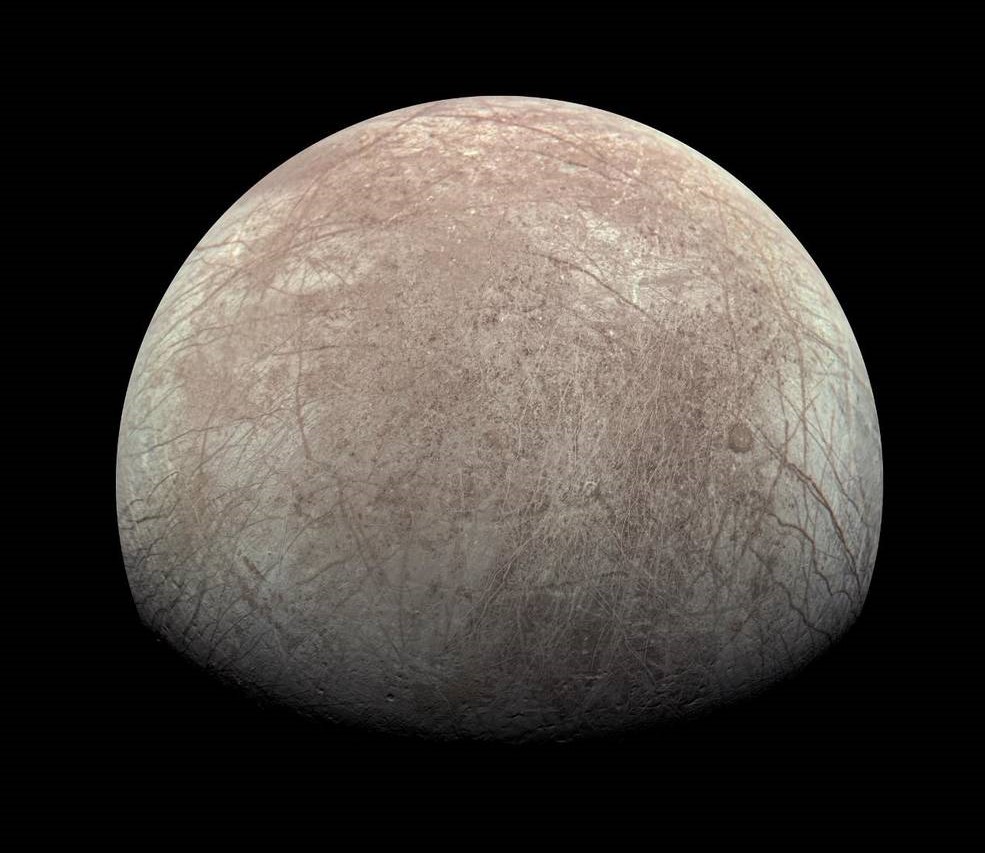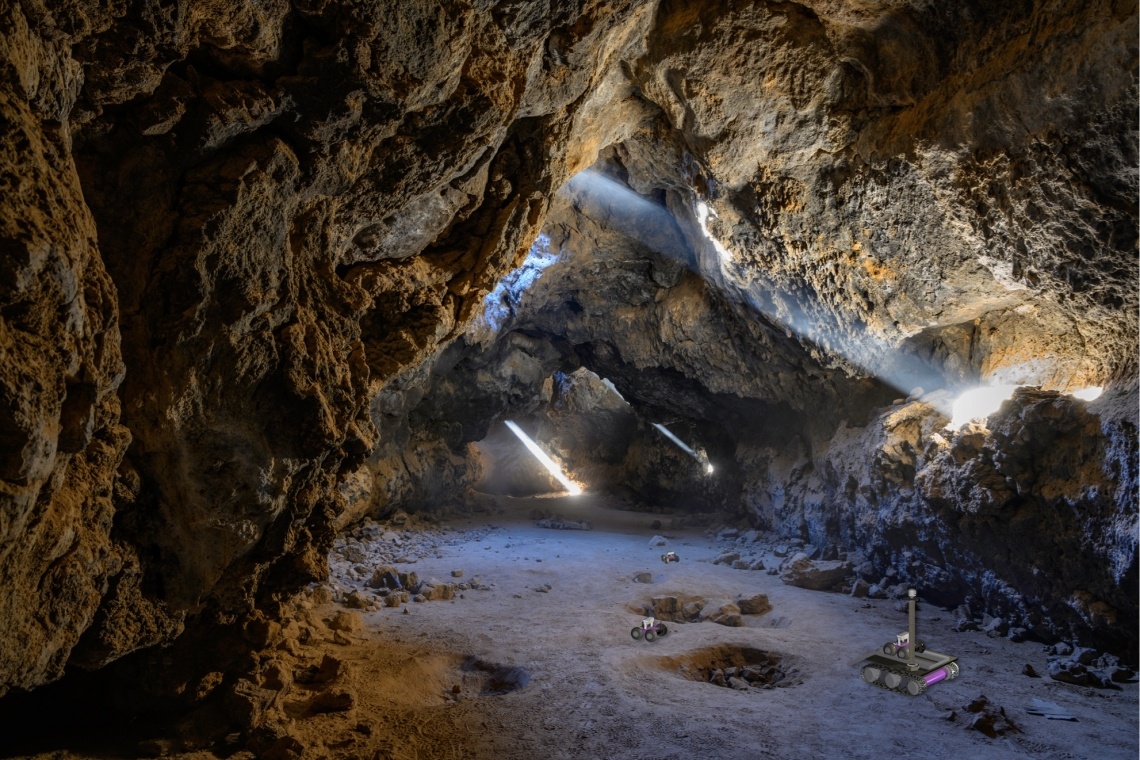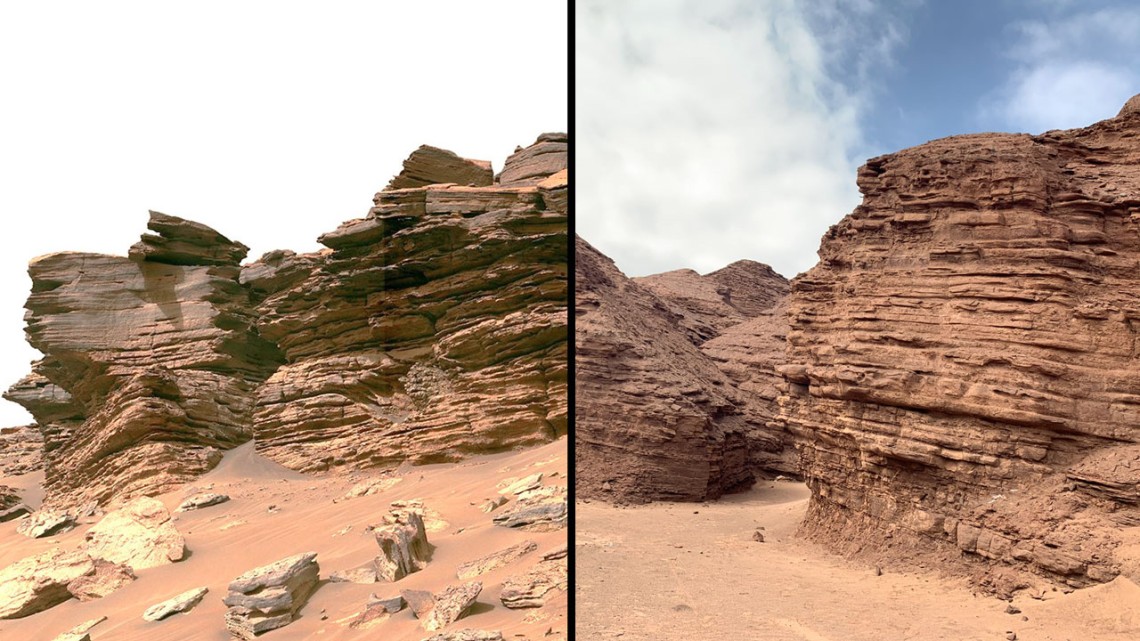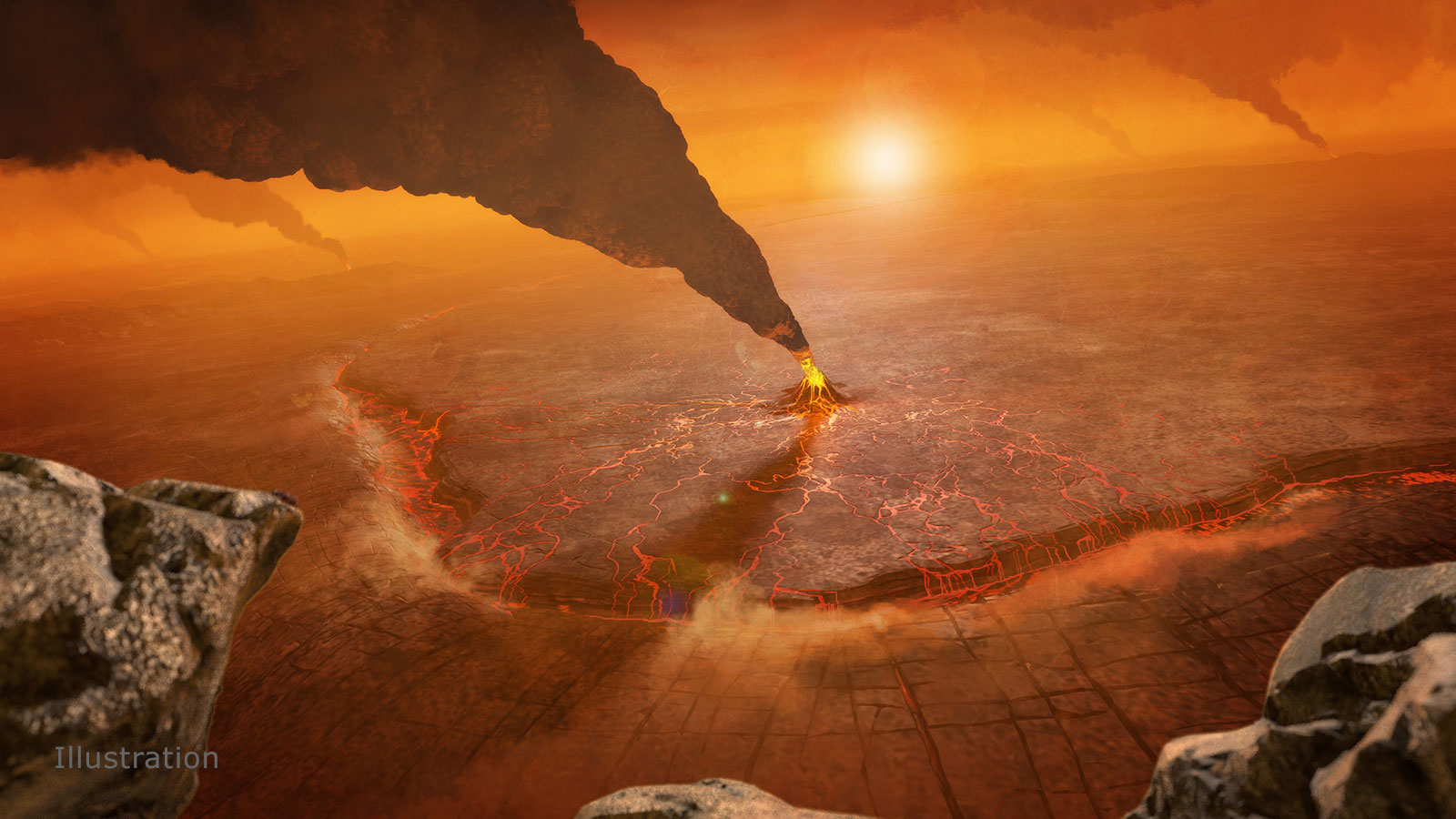Saturn’s rings are one of the most well-known features throughout astronomy. While much is known about them, they still make headlines from time to time. This includes a recent study involving an international team of researchers that could help paint a clearer picture of the interaction between the gas giant and the massive ring system that encircles it.
Continue reading “Saturn’s Rings Warm Up its Atmosphere”Saturn’s Rings Warm Up its Atmosphere










